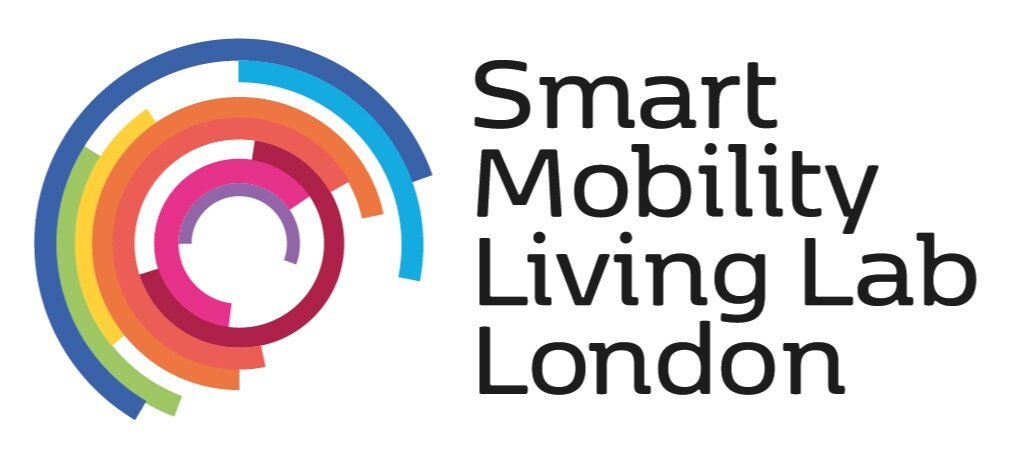How the SMLL is testing self-driving cars on London streets
By PAUL ZANELLI, DIRECTOR ENGINEERING AND TECHNOLOGY, TRL
The Smart Mobility Living Lab brings together an ecosystem of world-leading experts in transportation and technology committed to “building the future of mobility in London”. A big part of the initiative is readying the city for the arrival of connected autonomous vehicles (CAVs).
Despite being the crux of many a conversation, CAVs are still a new breed of technology. So, its integration into a city as complex as London must be done with both an innovative spirit and a strong focus on safety.
A new kind of route
Around the Royal Borough of Greenwich and the Queen Elizabeth Olympic Park, the first SMLL test routes are being constructed.
But to call these “routes” – like the pre-defined bus routes we are used to – would be misleading. What makes the SMLL CAV testbed a unique, real world environment is the fact that there are no fixed routes at all.
The SMLL testbed is in fact a matrix of monitored locations throughout the two designated urban environments. In total, there will be 24km of fixed infrastructure, offering monitored junctions, features and roads. But there are many more miles of unmonitored roads across the testbed which would be suitable for the testing of connected and automated vehicles, depending on an organisation’s specific needs and stage in their safety testing.
The locations of the monitoring equipment cover a range of highway features which are ideal for safely testing new technologies and services. These features include different types of junctions and road features at increasing levels of complexity designated as either green (simple), amber (moderately complex) or red (complex) zones, which will help train AI systems and ensure a safe and measured testing progression.
Whilst high-risk areas such as schools, roads which congest at peak times, and places with heavy pedestrian traffic were deliberately avoided, monitoring infrastructure has been installed as close as possible to key facilities such as hospitals, as they tend to have less predictable traffic patterns and therefore best reflect the complexity of a real-world urban environment.
A tailored CAV service
We recognise that a one-size-fits-all approach just doesn’t work when we’re talking about real-world urban environments, so our approach at SMLL is to empower customers to build out test routes and features according to their own goals and readiness. Based on a comprehensive set of potential use cases for the testbed, a host of ‘trip generators’ or points of interest (such as EV charge points) have been identified. These will help satisfy the needs of customers wanting to test their new technologies and services in London as a way of further validating their offerings. Meanwhile, sensors at points of intersection with alternative modes of transport will make beta testing and demand modelling possible for new mobility services.
As a baselined environment, the matrix will support the development and evaluation of mapping tools and provide real-world interactions for new sensors and intelligent infrastructure solutions. The features across the testbed will support the analysis of vehicle behaviour and user interactions, high- and low-density traffic and speed environments for testing in-vehicle services. It also means to test low latency, high capacity solutions and allows for the matrix of permanently monitored sites to be extended with a temporary monitoring network.
Every site is remotely monitored by live CCTV for safety purposes and has a sensor array for the sharing and collection of data from the vehicle systems being tested.
Plus, the entire monitored infrastructure also exists as a digital twin environment. This will enable simulated modelling and testing ahead of progressing to live testing on public roads, or as an alternative for products still in early development.
Some of the features monitored include:
· Bus stop
· Cushion (speed humps)
· Filter lane
· Roundabout
· Pedestrian crossing
· Chicane
· Signalised junction
· Cycle lane
· Property entrance
· EV charge point
All of this means that uniquely, SMLL customers can create their own “route” by selecting features of particular interest to them, offering the opportunity to progressively intensify the challenge to CAVs and V2X applications. As customers build increasingly more complex routes, the applications will be able to build up the necessary safety measures each layer at a time. So, just as you would work your way up to a black run on a ski slope, this allows layers of safety to be built in holistically at each stage of testing.
We see the successful deployment of CAVs as integral to the future of London if it is to become a true smart city. The SMLL will enable rigorous and robust testing in a real-world urban environment, to help ensure that new innovations, especially ones as significant as CAVs, are not only safety executed, but are also accessible to as many Londoners as possible.
This unique approach to test routes is the next step of a very exciting journey.
